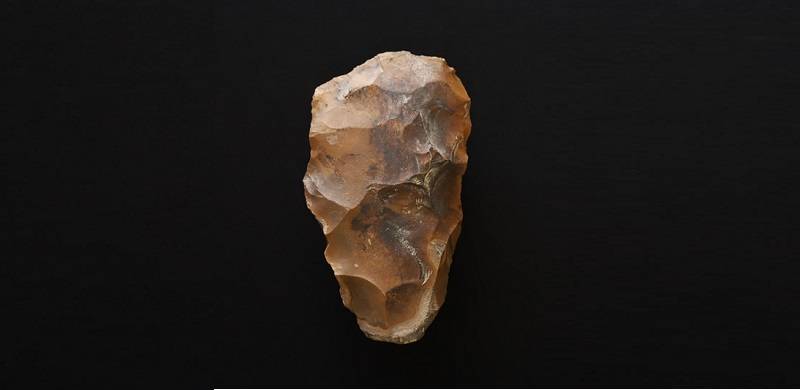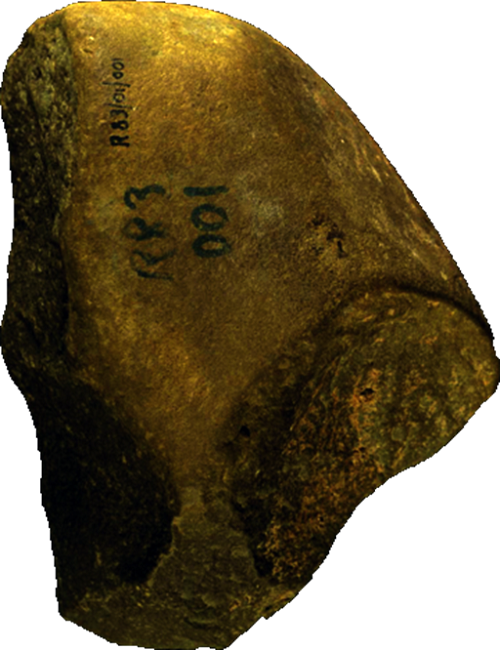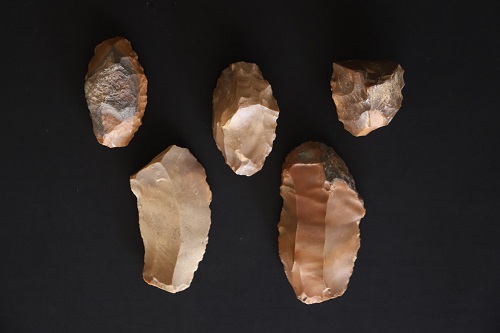
Dedicated to the memory of the late Dr. Muhammad Salim for his great contribution to prehistoric archaeology in Pakistan
Pakistan is home to a plethora of archaeological sites attributed to various cultures, civilizations and empires that date from the ancient to contemporary past. In addition to these open-air cultural spaces, there are also a few museums that are dedicated solely to archaeology. These places of great cultural and historical value are located across the country, projecting the remarkable archaeological record of human life in more than two million years. The discoveries made over the last hundred years in Pakistan have demonstrated that this is among the regions of the world with a very long occupational history and the most ancient remains.
The oldest evidence of human presence in Pakistan has been documented in the form of fossilised bones (jaws and teeth) and stone implements in the Pothohar, Las Bela and Rohri Hills. In one of his lectures on the course “The Prehistory of South Asia” of the undergraduate archaeology program at the Quaid-i-Azam University’s Taxila Institute of Asian Civilisation, former Director General of the Federal Department of Archaeology and Museums and well-known prehistorian Dr. Fazal Dad Kakar said that “the fossil remains [jaws and teeth] of a distinctive variety of ‘Homo Sapiens Ramapithecus’ [who is] regarded as the common ancestor of all the fossil species of mankind and ourselves […] have been found in sites ranging from China to Kenya, with the largest collection coming from the Sivalik formation of Potwar [Pothohar] area of Pakistan.” He believes that these fossils are about 8 to 14 million years old. However, the stone tools date to the Early Stone Age (Early Paleolithic) and Lower Paleolithic (approximately 1.5 to 2.5 million years old).

The earliest stone tools found in Pakistan are pebbles, choppers, flakes and hand-axes. They were made in the Pleistocene era and belong to the Soan and Acheulean stone tool industries. According to the late Prof. Ahmad Hassan Dani, the early utensils “are big flakes or split pebbles of quartzite with unfaceted striking platforms mostly at obtuse angles […] [and are] called ‘Pre-Soan’ as they [do] not correspond with the dominant characteristic of the Soan Culture.” However, the predominant tools of the Soan Culture are pebble scraping and chopping tools, flake tools and hand-axes. Kenneth P. Oakley, in his book titled Man the Tool-maker (pp. 48–49), has described Soan as a chopper-tool culture. The Soan pebble tool and hand-axe traditions were first identified by Helmut de Terra and Thomas Thomson Paterson.
As for the Acheulean Culture, it is to be noted here that it was named after a type site Saint-Acheul located in the Somme River Valley in northern France, where several Early Paleolithic (ca. 1.7 million years before present) hand-axes – including biface axes and ovoid stone implements – were discovered. Dr. Muhammad Salim, an authority on the prehistory and paleolithic cultures of Pakistan, writes, “The hand-axe tradition here coming later [as compared to flake tool tradition] may have been a local development or dispersal from the Old World.”

Taking on this tradition, in one of his lectures at the Taxila Institute of Asian Civilisation, Dr. F.D. Kakar said that ‘the identification in South Asia of a distinctive “local Acheulean culture” is of great interest, which links South Asia with a vast complex of such early centres of human activity stretching from France and Spain through the Mediterranean, including the Sahara and south-east Africa, and from Palestine and Syria across to South Asia and then on to eastern Asia as far as northeastern China.
Given this, it can be said that “big flakes” or “split pebble” tools are the most ancient artifacts so far discovered in Pakistan. One implement of this type is on permanent display at the Islamabad Museum, and according to Dr. Mehmood-ul-Hassan, the Deputy Director of the Federal Department of Archaeology and Museum, it is two million years old – the oldest tool in Pakistan. They were found by Helmut de Terra and T.T Paterson in the Boulder Conglomerate of the second glaciation in the Soan river valley in the Pothohar plateau. Furthermore, Dr. M. Salim also discovered some pebble tools from the freshwater Pinjor Zone in Pakistan which, he suggested, might be 2.2 million years old.
A variety of blades of different types were made in the prehistoric Soan, Las Bela and Rohri Hills stone tool industries: items which included choppers, flakes, cores, hand-axes and so on. Nowadays, such artifacts are part of the collection of different institutions across the world and are displayed in museums. Early Stone Age implements are extremely important evidence of the primitive stage of human development. This would also mean that Pakistan’s earliest technology was, of course, of stone tool-making.

